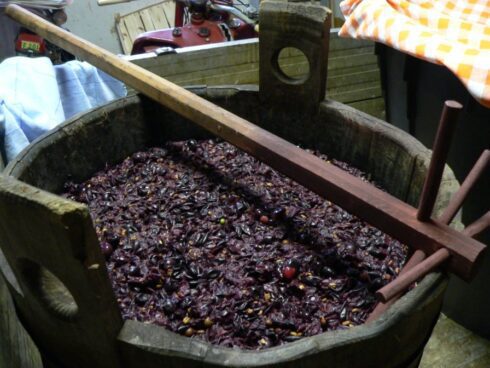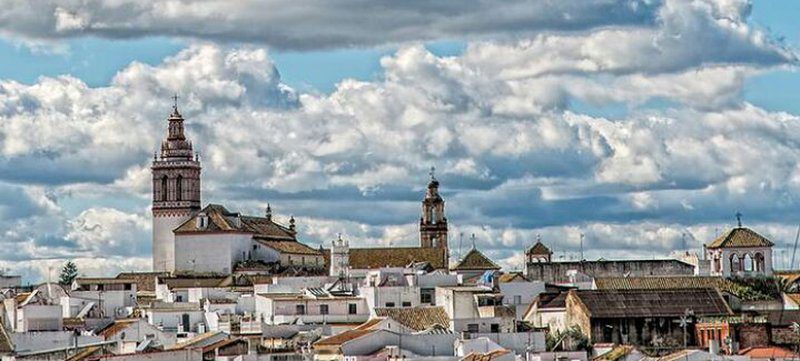Summer is when andaluces really love to party – but the fun keeps ticking over all year round in the Happy South.
In every country, people laugh at regional stereotypes (What do you call a Liverpudlian in a suit? – The defendant!) and in Spain, the people of Andalucía are universally said to be devoted to partying, and not very fond of work.
That’s not so terrible, is it? Our first two festivals are twins, in that their titles mean the same thing – ‘Fat Thursday’, and their dates are hard to pin down this year.
Normally, these two villages celebrate Fat Thursday on 7 February, just before Lent kicks in. With Easter falling unconscionably late this year, it’s a coin toss whether they move their festival to March, or stick with 7 February. Knowing Andalucía, we think one community will do one thing, and the other the other!
READ MORE: It’s fiesta season! The best festivals happening across Spain this spring
Jueves Lardero, in Fuentes de Andalucía
This village is halfway between Sevilla and Córdoba. Turn off the main road when you get to the venta (wayside restaurant) called ‘Apollo Fifteen’ (no, seriously!). The people of the village all go for a picnic in Windmill Park (Parque Molino de Viento). They have a dessert which is all their own – it’s called ‘entornao’. If you show up, someone will offer you some!
Jueves Gordo, in Cullar Vega
Cullar is located to the immediate west of the city of Granada, in the delightful Vega. We could write a whole piece about Granada’s Vega (a vast plain, watered by a thousand-year-old marvel of Arab engineering), but let’s concentrate on the festival.
Even today the tobacco harvest is hard work – so imagine what it was like before farm machinery! By the first week of February the crop is all in, so the village has a party before Lent bites.
They eat a local oven-cooked delicacy called ‘hornazo de aceite’ and as many hard-boiled eggs as you can handle!
Fiesta del Mosto, in Umbrete
Umbrete is a few miles outside Sevilla, on the road to Huelva. For a week in early February (the precise dates are not easy to ascertain – the Town Hall’s newsletter says ‘nothing happening’ for February), usually 6-13, it celebrates its famous product. Mosto is wine, but it’s special. Farmers on smallholdings all over Andalucía grow their own grapes and make their own wine.

Mosto is first-press, with nothing added. Don’t be put off if it’s served to you from a scruffy plastic lemonade bottle – the glory of mosto is its cheapness. By miracles of soil and technique, every farmer’s mosto has a unique flavour. Try it!
The Day of the Old Woman, in Arriate
Three miles outside Ronda and fiercely independent, the village of Arriate used to have a really good festival in February.
We say ‘used to’ because The Day of the Old Woman (El día de la Vieja) seems to have moved. But let’s go with the traditional date – mid-Lent. (In 2025, that could be late February or early March.) The ‘old woman’ is a dummy (a bit like Guy Fawkes), but filled with sweets. The village children pelt her with stones until she breaks, then they can have the sweets.
If your habits are a little more sedate, the heart of the day is a picnic, with tortilla (omelette) and bacalao (cod). Rice pudding serves as the traditional dessert.
Andalucía Day (28 February)
Not the big deal it used to be, el Día de Andalucía will nevertheless be a bank holiday where you live.
Though ‘Andalucía Day’ has been in decline for decades, they might suddenly bestir themselves and put on a verbena in your neighbourhood. This is a night party, with live music and a bar.
People in your street might make the traditional offering and present you with molletes (plain bread buns) and olive oil. In Ronda, there are rumours of an afternoon of live flamenco. If it happens, we’ll report it.








